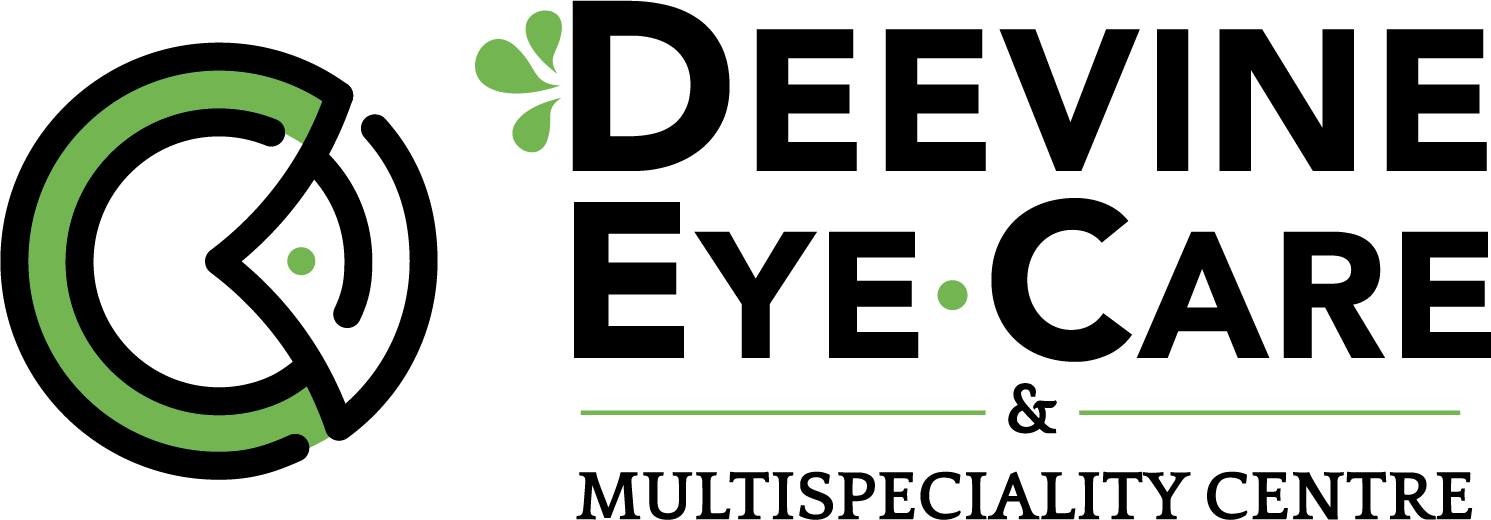Strabismus, also known as squint eye, is a disorder that causes the eyes to be out of alignment. Although squint eye is more typically seen in youngsters, it can also impact adults, leading to pain and impaired vision. Thankfully, adults with squinted eyes can choose from a variety of treatments, including both non-invasive and invasive surgical procedures. For people who are looking to enhance their vision, Deevine Eye Care & Multispeciality Centre in Mumbai provides treatment and this blog article is made to spread knowledge about treatment alternatives, offering helpful insights and professional guidance.
What is the Treatment for Squint Eye
Treatment for squint eye includes glasses, eye exercises, and in some cases, surgery to realign the eye muscles. Early diagnosis is key for effective results. In children, patching the stronger eye may improve vision in the weaker one. Consulting an eye specialist ensures the best treatment plan tailored to individual needs.
Understanding squinting in adults
Vision Therapy For Squint:
The goal of vision therapy as part of squint eye treatment in adults is to improve eye muscle strength and coordination through a program of carefully planned exercises and procedures. Individuals can progressively enhance their visual talents and experience improved total eye functionality through these focused activities.
Prism Glasses:
Conversely, corrective lenses that aid in eye alignment and enhance binocular vision are known as prism glasses, which are a valuable option for squint eye treatment in adults.
Botox:
Injectable botox temporarily fixes the problem by minimizing misalignment by relaxing certain eye muscles. This method provides a temporary solution to alignment problems and can be useful in some situations for squint eye treatment.
Treatment Alternatives Through Surgery
In order to successfully restore healthy eye alignment, strabismus surgery is a careful corrective process that aims to realign the eye muscles. Improving visual function and resolving problems with visual coordination are two of the primary goals of this surgical procedure.
A minimally invasive treatment includes Botox. It is critical for patients to understand what to expect during recovery after getting Botox injections. A time of slow recovery is anticipated when the muscles have relaxed. Patients can look forward to a number of benefits when they enter the rehabilitation phase, including better eye alignment and a transient alleviation of symptoms caused by misalignment.
Tips & Advice from Experts:
1. A visit to an eye doctor or squint expert is essential.
2. Changes in lifestyle to bolster therapy results.
3. Continuing treatment and monitoring over the long term.
Surgery for Strabismus
A corrective method can be used to realign the muscles of the eyes in a precise manner, restoring healthy eye alignment and correcting misaligned muscles. Improving visual coordination and making sure both eyes operate smoothly is the goal of a surgical procedure.
Also Read: Surgical and Non-Surgical Approaches to Xanthelasma Removal
Ocular and Muscle Strabismus Correction
The conjunctiva is a thin layer of tissue that covers the eye and the sclera, the eye wall, where the eye muscles attach. To correct strabismus, the surgeon will first make a little incision in the conjunctiva to reach the eye muscle, after which he or she will put a lid speculum in place to keep the eyelids open. Before making the modification, the surgeon will use a tiny, sensitive hook to isolate the muscle.
When correcting strabismus, a surgeon has two options: a recession or a resection.
Recession: Retching happens when a surgeon moves the muscle’s attachment point, removing it from the eye’s surface and reattaching it farther back on the eyeball, away from the front of the eye. This procedure is called eye muscle recession.
Resection: During an eye muscle resection, the surgeon will make a small incision at the muscle’s attachment site, trim it to size, and then reattach it to its original location.
In most surgeries for the correction of squint eyes, reattaching the eye muscle to the eye wall with a permanent knot rather than an adjustable suture is employed.
Another option is to employ a temporary knot, such as a slip knot or bow knot, in a readily accessible area; this allows for the suture technique to be adjusted.
Treatments to modify the patient’s position can be performed after surgery; these treatments are typically performed under local anesthesia while the patient is awake. Children under the age of 18 might not be suitable candidates for this surgery because it requires patients to be cooperative.
Knowing what to expect during recuperation after a corrective operation is essential. Gradual recovery is expected when the eye muscles are realigned. Patients should anticipate an uptick in visual acuity and general well-being as they enter the rehabilitation phase, thanks to stronger eye alignment and coordination.
Conclusion
There are various treatment options available for adults with squint eyes, which gives hope for better eyesight and a higher quality of life. It is important to consult a specialist and investigate all of your treatment options, whether they involve surgery or non-surgical methods. People who suffer from squinted eyes can take charge of their vision correction journey by learning about the condition’s origins, treatment options, and professional recommendations. For those seeking expert guidance and treatment, consult the best eye surgeon in Ghatkopar at Deevine Eye Care.

